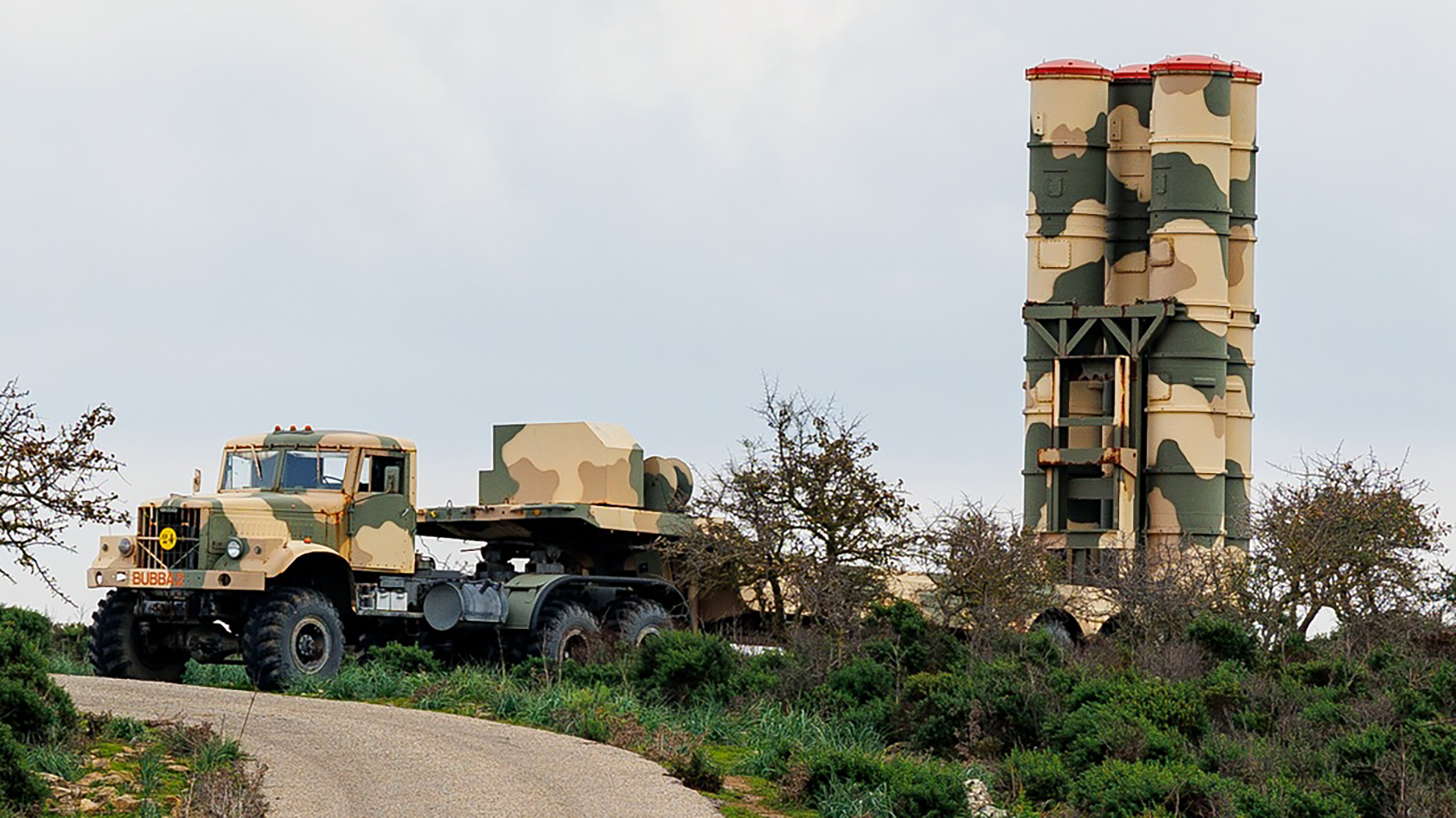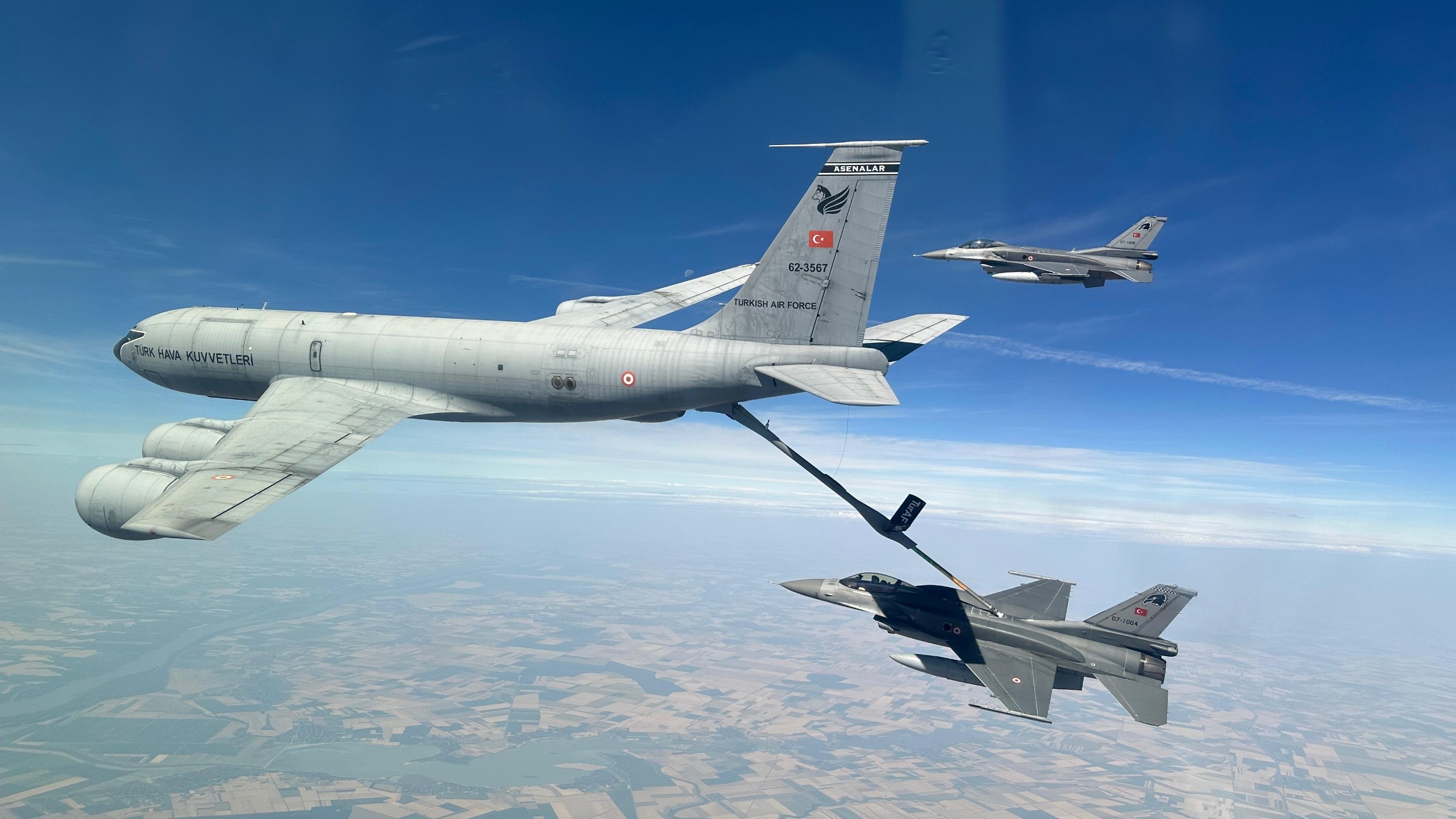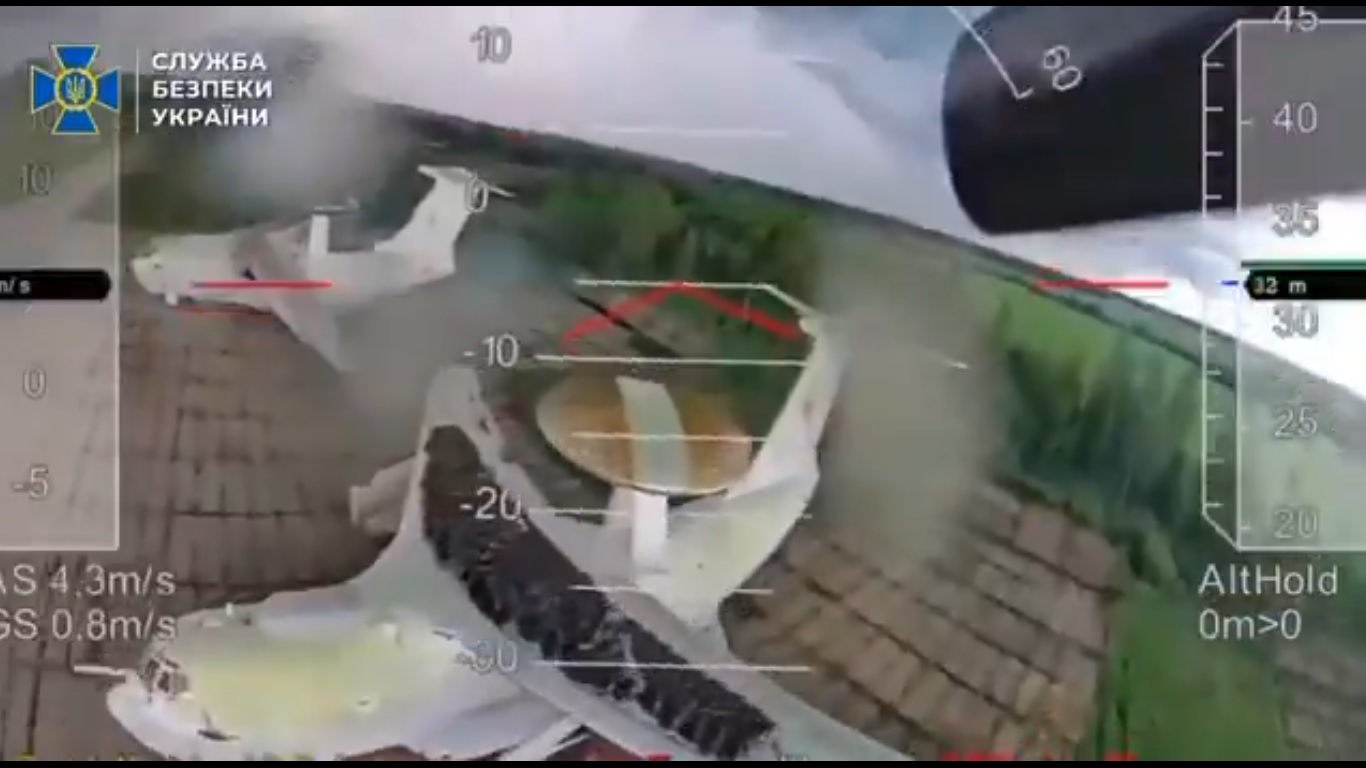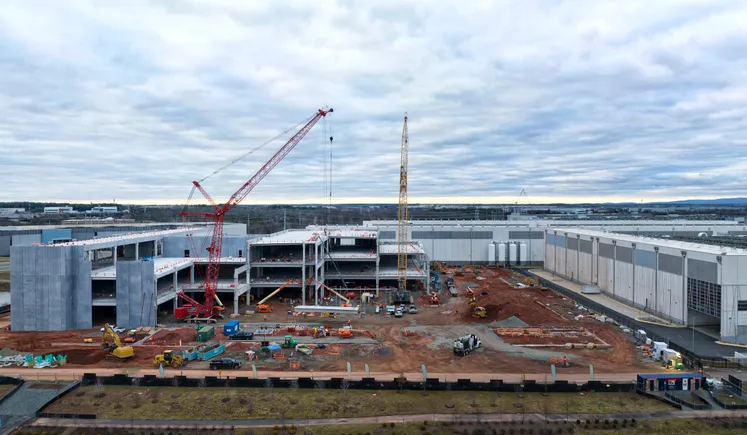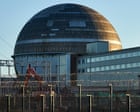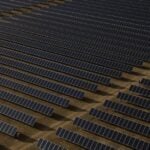Ternary Copolymers Incorporating Tunable Conjugated Donors for Near‐Infrared II Fluorescence Imaging and Photothermal Therapy
Advanced Healthcare Materials, EarlyView.

The ternary copolymer backbone can be modified for functional switching by substituting DTC with IDT, changing its phototheranostic properties from a potent photothermal agent at 1064 nm to a remarkable near-infrared II fluorescence imaging agent. Adjusting the molar ratios of structural units along the polymer backbone also significantly impacts both photothermal and photoluminescent properties.
Abstract
The near-infrared second window (NIR-II) offers excellent spatial resolution and tissue penetration, drawing attention to NIR-II laser-excited photothermal therapy (PTT) and NIR-II fluorescence imaging. However, integrating these two applications poses challenges due to safe laser power and reagent dosage constraints. To overcome these issues, we proposed modifying the ternary copolymer backbone by substituting 4H-cyclopenta[2,1-b:3,4-b']dithiophene (DTC) with 4,9-dihydro-s-indaceno[1,2-b:5,6-b']dithiophene (IDT), enabling a transition from a photothermal to a fluorescence agent. Adjusting molar ratios of donor and acceptor units coupling with either DTC or IDT in the polymer significantly affects their photophysical properties. Among the synthesized copolymers, PDTC-253 showed optimal photothermal performance, while PIDT-253 exhibited high fluorescence quantum yields. Both were used to create biocompatible nanoparticles (NPs). Under 1064 nm laser irradiation, PDTC-253 NPs effectively eliminated 4T1 cancer cells in vitro. In vivo studies with mice bearing 4T1 tumors showed that PDTC-253 NPs could accumulate at the tumor sites, facilitating the treatment of tumors of varying sizes under 1064 nm laser irradiation, while PIDT-253 NPs provided long-term tumor tracking through NIR-II fluorescence imaging, and clearly visualizing blood vessels even at wavelengths reaching 1500 nm. This approach advances the development of effective phototheranostic agents for tumor PTT and fluorescence imaging in the NIR-II window.

















































































